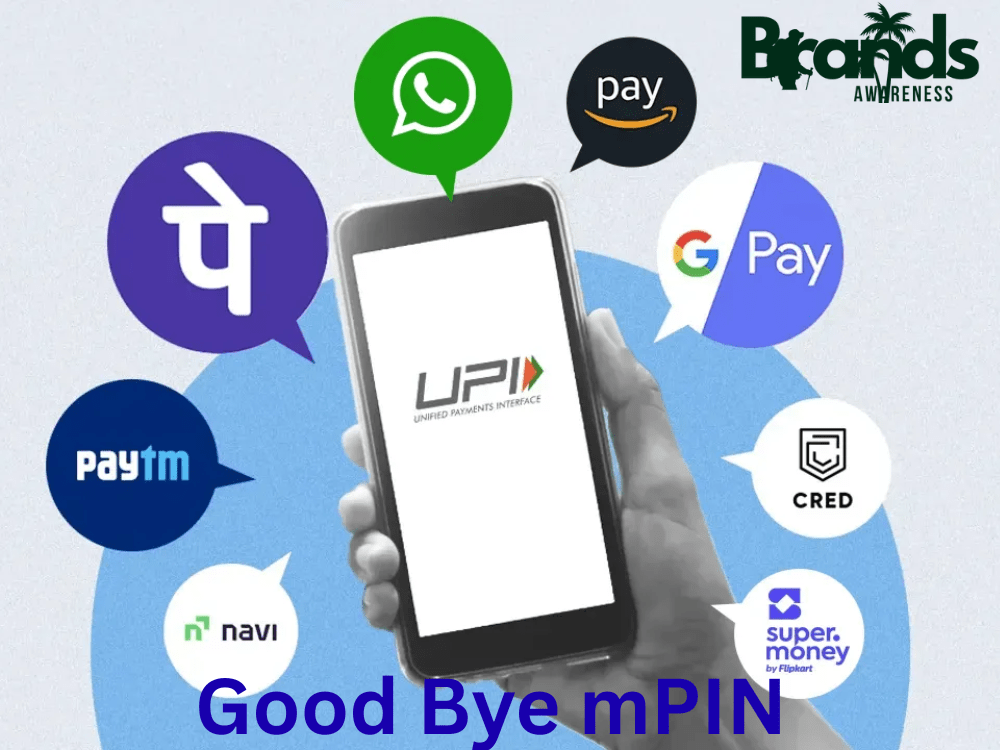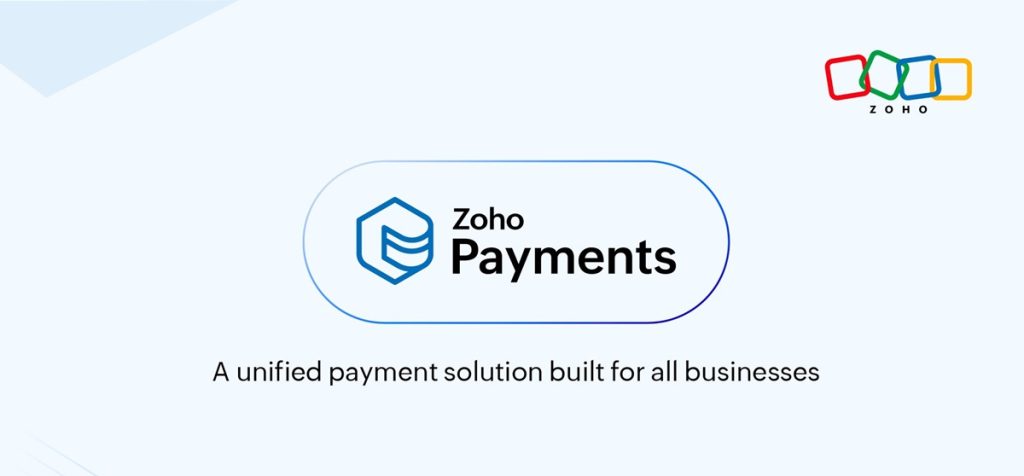The RBI has launched an offline version of the digital rupee. It will now allow online payments to be made without the need for an internet connection. Let’s learn more about this technology, which is even more powerful than UPI.
The RBI launched the “Offline Digital Rupee” on Thursday. It will allow people to make digital payments without internet or mobile network access. It can be spent just like cash, simply by scanning a QR code or tapping a button. It’s an electronic version of the Indian rupee. Users can store it digitally, in their wallets, and spend it like cash without the need for internet access. Let’s explore its details and how to use it.
After all, what is Digital Rupee?
The digital rupee, or e₹, is India’s central bank digital currency. It can be called a digital version or incarnation of India’s currency. The RBI has given it the tagline “Cash, but digital.” You can store it in a digital wallet, just as you store cash in your purse. Currently, 15 banks in the country offer access to such digital wallets.
How will the offline feature work?
The offline feature of the digital rupee will work in places where the internet is weak or not available at all. This is especially beneficial for remote and rural areas. RBI is testing several offline solutions to encourage people to use the digital rupee as much as possible. While the offline feature of the digital rupee may not require internet to work, it does require a mobile signal. Actually, it completes the payment using NFC i.e. Near Field Communication technology. You also use this technology to share data like photos and videos in your smartphones. In this, after opening the wallet in his phone, the user just has to select the amount of money to be paid and tap his phone on the shopkeeper’s payment receiving machine. This will complete the payment.
What is the difference between Digital Rupee and UPI?
UPI is a payment system that allows you to transfer money from your bank account to another account. e₹ is essentially a digital form of cash. This means that using digital rupees doesn’t require a bank account. Payments are made between two e₹ wallets. A key feature of wallets and apps that store digital rupees is that they can also scan UPI QR codes.



